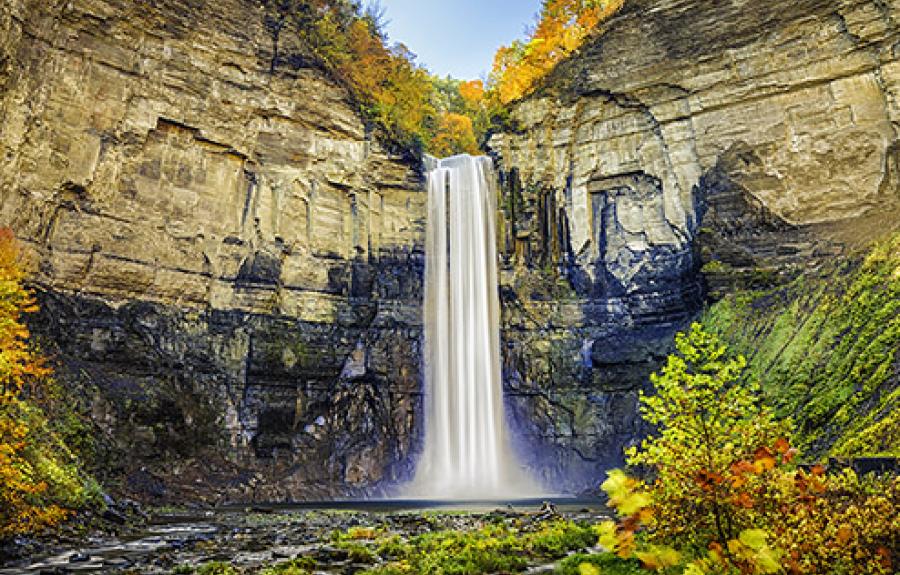This project is a collaboration between Cornell-based archaeologists and Gayogo̱hó꞉nǫˀ knowledge holders regarding the tangible heritage of the Gayogo̱hó꞉nǫˀ people. This is the type of information that archaeologists term sites, human remains, and artifacts, and Indigenous peoples call places, ancestors, and belongings.
Initial and ongoing conversations between Steve Henhawk and Kurt Jordan have indicated that the extensive knowledge archaeologists have about the excavation of Gayogo̱hó꞉nǫˀ sites and the museum collections that have been produced has not been shared with Gayogo̱hó꞉nǫˀ people in general, and leaders responsible for caring for these aspects of heritage in particular. Many archaeological excavations – whether conducted by professionals or amateurs – are regarded as destruction by Indigenous people, and the history of archaeology in the region is in many ways a history of desecration and devastation. But even this knowledge has been poorly shared.
There are ways to address this damage, even if they will not fully repair it. Rematriation of ancestors and the possessions they were buried with is mandated for federally-funded repositories by the federal Native American Graves Protection and Repatriation Act (NAGPRA).[1] For the Gayogo̱hó꞉nǫˀ and other Hodinǫ̱hsǫ́:nih people, the goal of rematriation is to rebury the ancestors and their possessions so that they can complete their journey to return to the earth. This process is emotionally fraught, logistically complex, and (at times) politically contentious.
Our project seeks to help Gayogo̱hó꞉nǫˀ people plan for the rematriation process by accumulating and synthesizing information on individual sites and museum collections, which will both provide details about the Gayogo̱hó꞉nǫˀ past and also help the community with rematriation. We have assembled a group of Cornell-based faculty and students and Gayogo̱hó꞉nǫˀ community leaders and knowledge holders who will jointly prepare and care for this knowledge.
The end products of this project will include (minimally) a database with information about individual sites and collections, and also include information such as occupation dates and Gayogo̱hó꞉nǫˀ names for the site (if known). We will also put together a document that accumulates information about sites from various archaeological sources, many of which are in obscure publications that are not available digitally. We intend to follow on this with visits to museums to assess their contents firsthand, a process which frequently reveals details and items that were misunderstood by museum personnel.
We also seek to produce a short, informal video about the history of archaeology in the Gayogo̱hó꞉nǫˀ homeland to help prepare the general Gayogo̱hó꞉nǫˀ community, particularly those people who are completely unaware of the desecrations that have taken place.
[1] Hodinǫ̱hsǫ́:nih people generally prefer the term rematriation over repatriation since they determine identity matrilineally and associate their homelands and Turtle Island with women more so than men.
Collaborators:
- Kurt Jordan (Anthropology & American Indian and Indigenous Studies)
- Samantha Sanft (Institute of Archaeology and Material Studies)
- Dusti Bridges (Anthropology)
- Stephen Henhawk (American Indian and Indigenous Studies)
- Markus Doxtator

